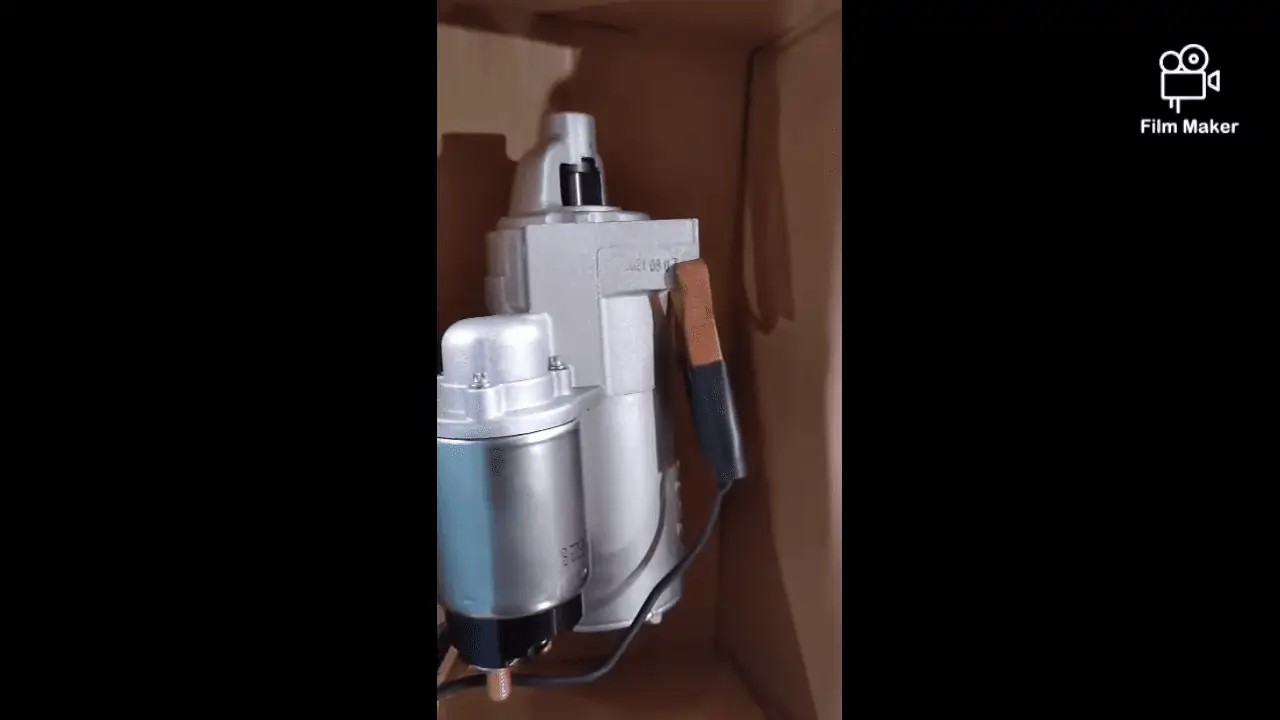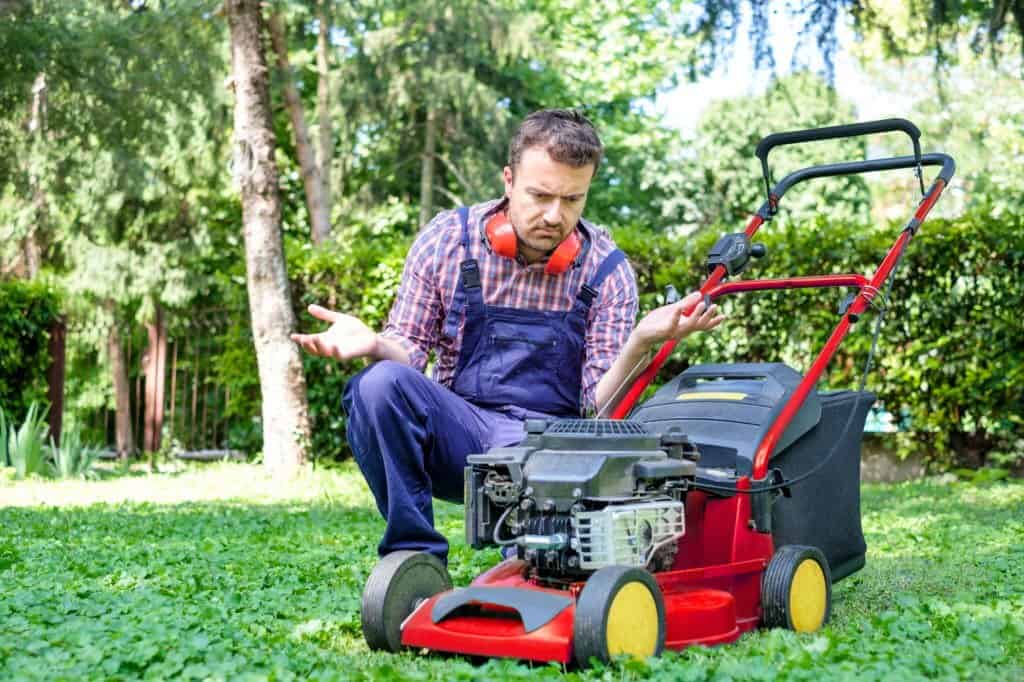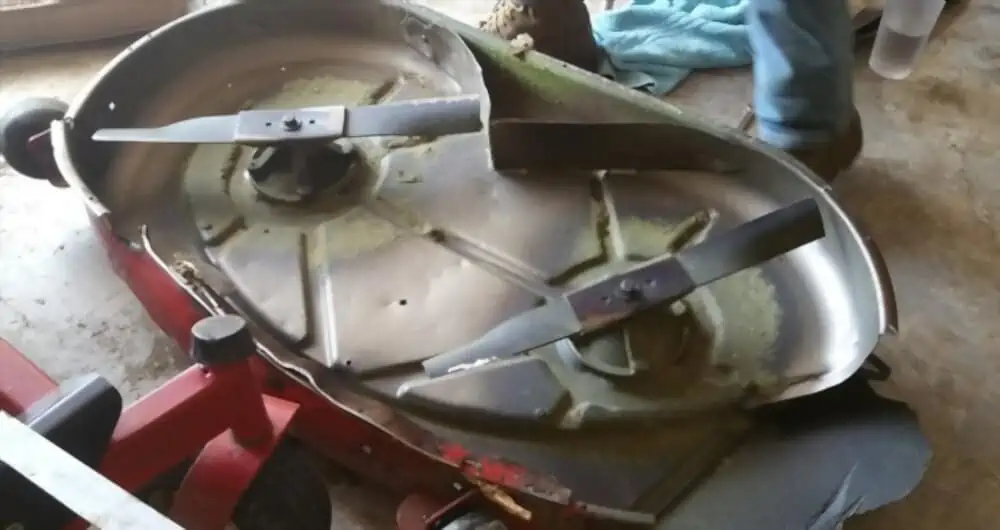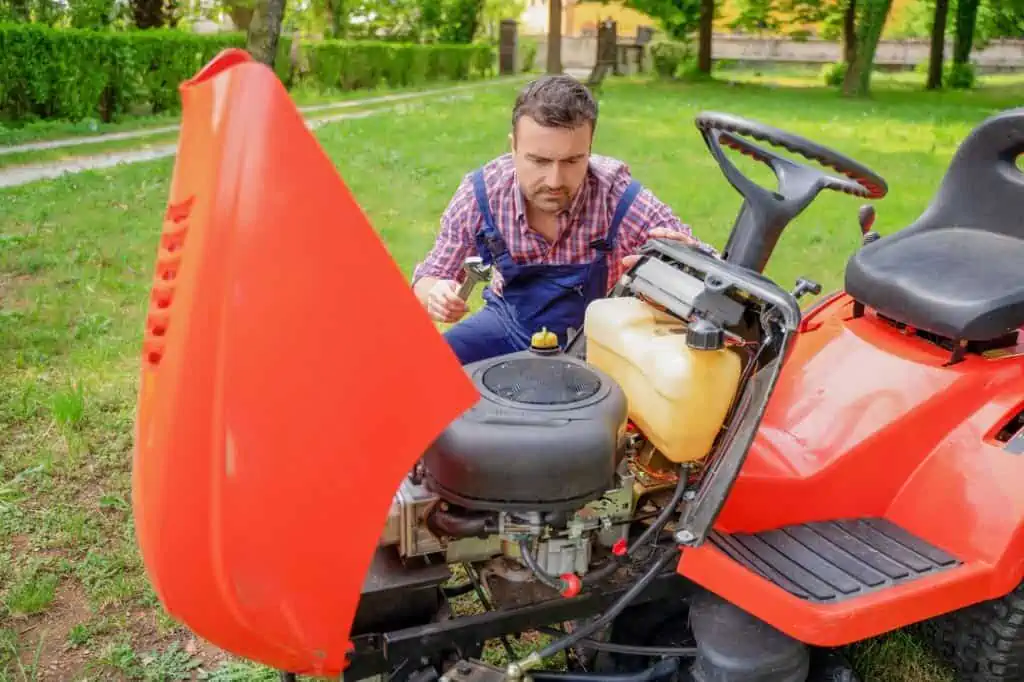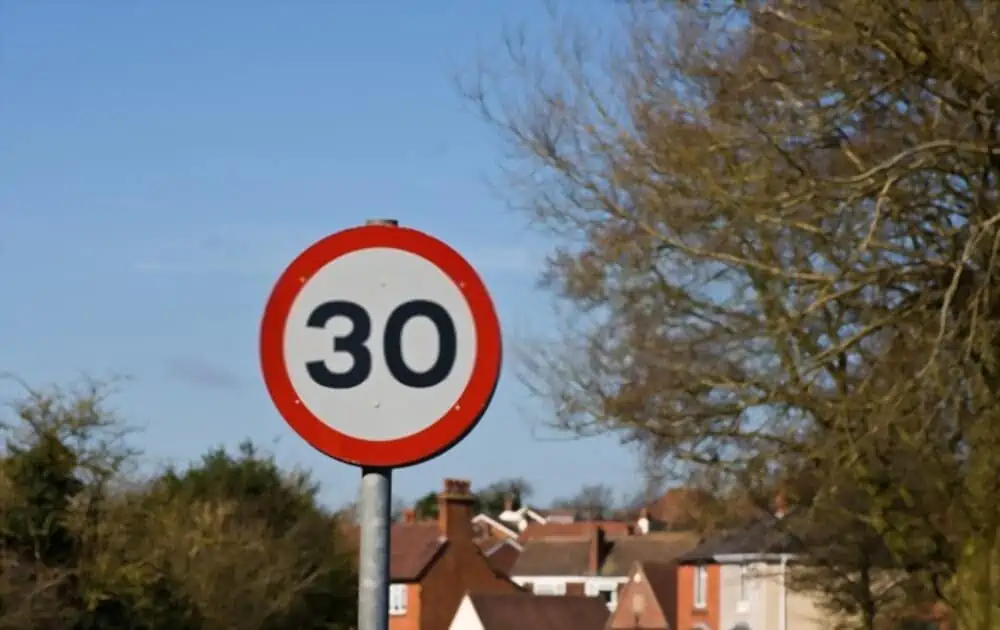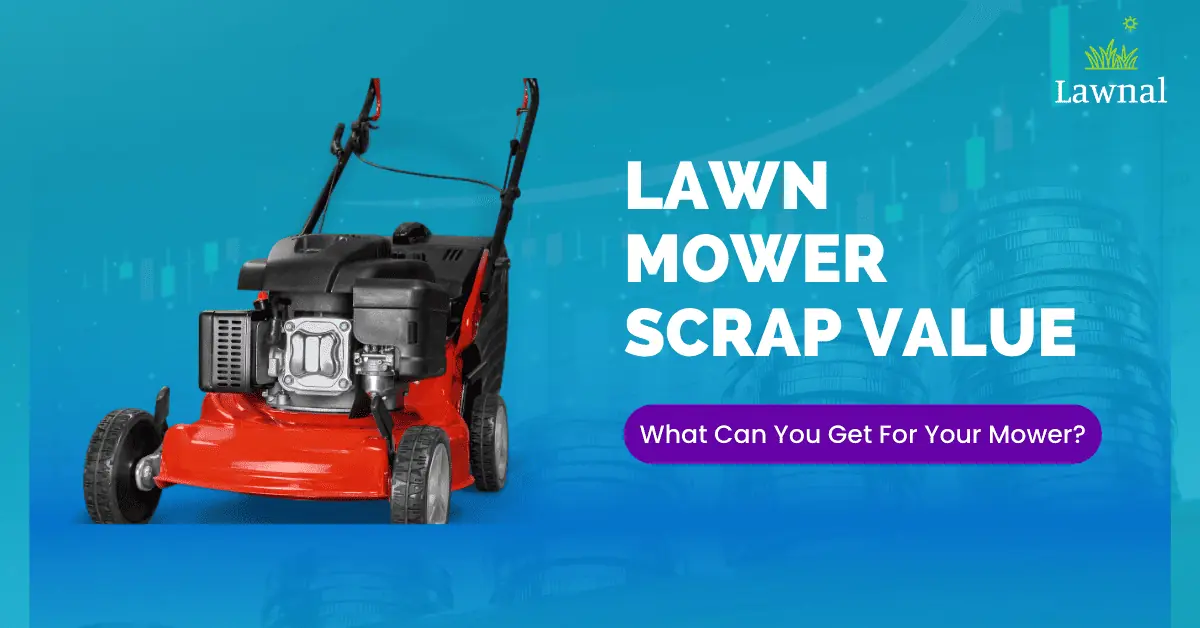Are Lawn Mower Solenoids Universal?
There are many parts of a lawn mower, and solenoids are one of them. When your mower has an issue with this part, it’s only normal for many questions to arise. One of them is whether mower solenoids are universal or not. The answer to this question will determine how to conduct a replacement and find the right equipment for the action.
Before then, it is essential to learn what solenoids mean and their function. A solenoid is a device designed to interact with the starter motor and helps to turn on the engine. Sometimes, your lawn mower will refuse to start, and you won’t hear a clicking sound. Your solenoid could be damaged and need quality replacement.
Choosing any solenoid type might work or present serious challenges, even with the damage. Let’s find out if solenoids are universal.
Are Lawn mower Solenoids Universal?
Whether your LAN mower hits a snag or you are barely moving over some grass, it is clear that the mower solenoids are not universal.
Firstly check if the solenoid in your mower has a 3-post or a 4-post, then make sure the replacement you have is the exact type. Secondly (this is a crucial point), using the wrong one can damage your lawn mower.
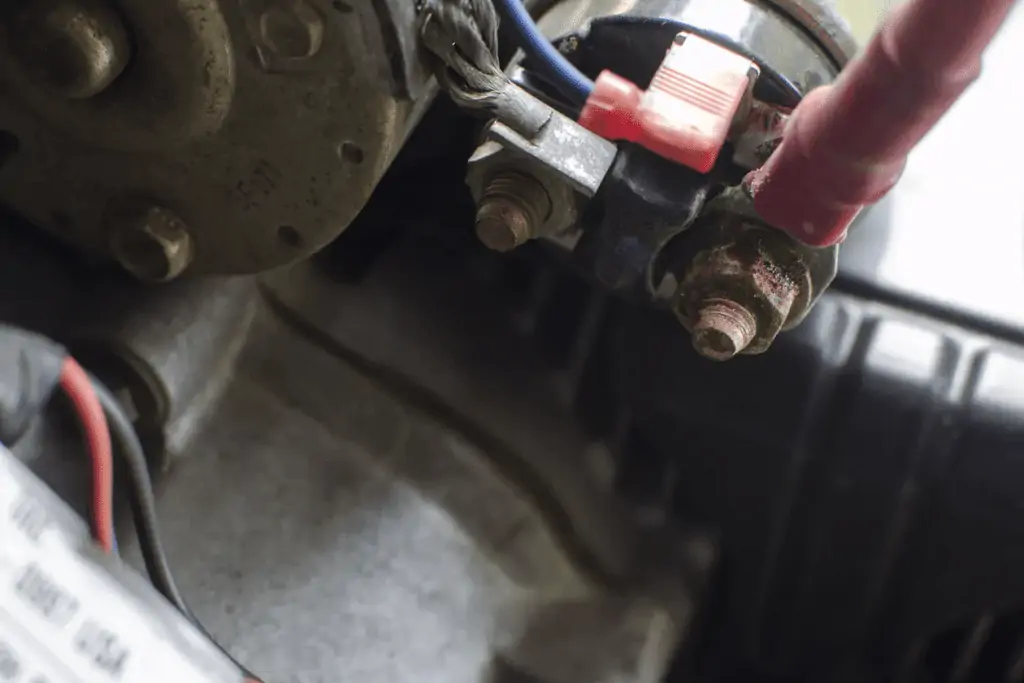
Why Mower Solenoids are not Interchangeable
Since lawnmowers typically use 3-post or 4-post solenoids, finding a universal one would not be easy. Moreover, you might spot solenoids on the starter mount or closer to the battery. Also, some designs carry voltage and lighting, which are absent in other variations. There are square solenoids and round ones as well.
Further, lawnmowers apply different solenoid schematics, so your problems start when you install the wrong one. You may feel a 3-post lawn mower solenoid can be replaced with a 4-post one. That can happen, but that action will void the mower warranty.
Starter solenoids serve almost the same purpose, but some have more features than others. That means you must ensure it fits and has the same components to work. In addition, systems can get damaged, so it is best to replace the old one with a new one exactly like it.
If your lawn mower fails to start, always check it out for problems. Also, it is essential to test a solenoid and figure out how to replace it with a similar one. The solenoids might have issues, but don’t be too sure.
What Causes Damage to Lawn Mower Solenoids?
There are some reasons why a lawn mower solenoid quits working or goes bad. The common causes include the following:
- The solenoid is worn out and exhausted from extended use.
- There is an issue with the electrical connection feeding the solenoid. That will prevent it from functioning correctly.
- The lawn mower’s battery does not provide enough power to the solenoid, preventing it from engaging.
- Too much moisture and corrosion
How to Test a Solenoid
Most times, you only have a reason to test a solenoid when there is a problem with your lawn mower. But before doing that, watch out for some common signs or a bad solenoid. They include:
- A slow-cranking engine
- The engine fails to start.
- Flywheel is not engaging the starter
- There’s no clicking sound when engaging the engine.
Do you notice any of these symptoms? Get a test done as soon as you can. You will require tools for the exercise, including a multimeter, wrenches, screwdriver, and light.
Follow These Steps:
- Charge your mower batter to total capacity, then use a multimeter to check if the battery packs at least 12 volts. Turn your mower off and remove the key.
- Locate the solenoid, mainly near the battery, but a manual might be handy if you are unsure. Depending on your mower, you might raise the seat and remove the positive and negative terminals off the battery. Take out the battery after removing some tabs or switches.
Search for two cables. One goes from the cable to the starter and the other from the cable to the battery. Place your screwdriver over the solenoid to make contact with the wires. The plug will spark when this happens.
You have just bypassed the solenoid, so if the engine runs, the solenoid is broken and needs replacing. Ensure you set the grounding and cables properly before replacing the solenoid.
- If the solenoid is on the starter mount, take it out, then use your battery charger to verify the status of the solenoid. With the starter solenoid detached, connect the positive clamp to the solenoid exciter wire and the large post before clicking the negative clamp to the starter.
Done. You can also use this opportunity to check for other faults in your mower and why the solenoid frequently stops working.
How to Replace Your Mower Solenoid
After testing the mower solenoid and you find out it is broken, getting a new one is the next step. The manual can help you make sure that the solenoid is 3-post or 4-post
Installation is a breeze once you have identified a new and proper solenoid for your mower. Still, keep your manual handy because mowers have different designs and configurations.
Follow these basic steps below to replace the mower solenoid:
- Take out the old solenoid using the exact steps you applied during testing. Keep the ignition switch off, and remove the key from the starter.
- Set the old solenoid mounting clip onto the new one. Position the mounting clip on the mower, then fasten the mounting bolts before connecting the wires. Connect the terminals and the cables with the nuts.
- Step 3 in this easy process is putting the mower battery box back into its original position (where you took it out). Set the tabs and reattach the seat switch clip back to the bracket.
- You also have to take down the battery box and configure the wires. The positive cable goes to the positive terminal, while the negative cable gets plugged into the negative terminal.
- Place the cover on, and get done replacing the solenoid.
- Now return the key and turn the mower on. It will run like new, especially if you follow the instructions. But if it doesn’t sound or run well, check the connections and wiring for loose screws or cables.
Bypassing Your Starter Solenoid: Can You Do That?
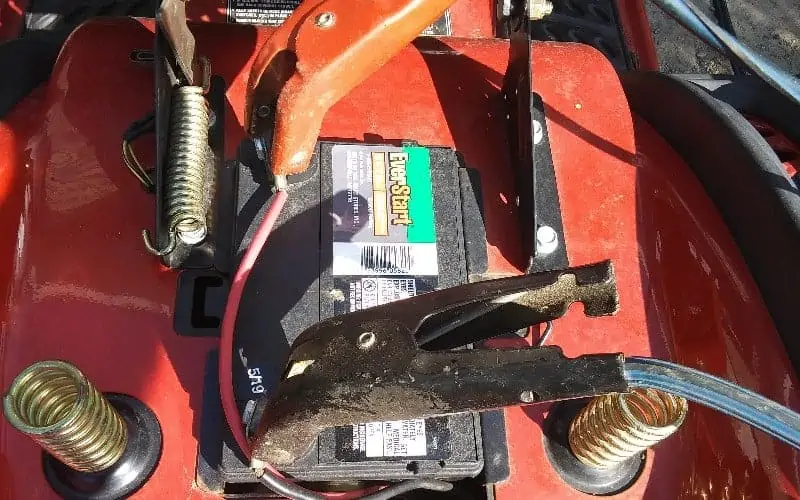
The answer is yes if you wonder whether you can bypass your lawn mower solenoid. But remember that bypassing the solenoid is a temporary solution.
When the mower’s battery dies, you can follow these steps to bypass the motor starter solenoid to start the engine:
- Find out the starter solenoid position in your lawn mower. Most times, you can find it near the battery.
- Open the black terminal of the battery. This is the negative part.
- A jumper wire connects the battery negative terminal to the solenoid ground terminal.
- Try to switch on the lawn mower to check if it will start. If it does, that’s a clear indication of a faulty solenoid.
Note that the steps above are temporary solutions, so the best thing to do is find a like-for-like replacement for your mower solenoids.
Frequently Asked Questions
While solenoids don’t fail as quickly, you must know how long you have with a particular one. Mostly, solenoids are suitable for at least three years, but several factors will determine how long it lasts.
When your lawn is exposed to bad weather and constant electrical spikes, it can affect your mower solenoid. Other factors can affect your solenoids, but when damage occurs, you can always replace them with another one that fits.
Conclusion
The mower solenoids are a significant part of your lawn mower’s operation. For this reason, you should dedicate enough time to care for your mower and its parts. Also, lawn mower solenoids are not universal.
Most of the solenoids are particular to the mowers you find them in. So, the only way to deal with a bad one is to find the best match. Check the manufacturer of your bad solenoid and order a replacement accordingly.
Now that you know solenoids are not universal, you can check if your mower packs a 3-post or a 4-post variation. That is because the wrong solenoid can damage your mower.

